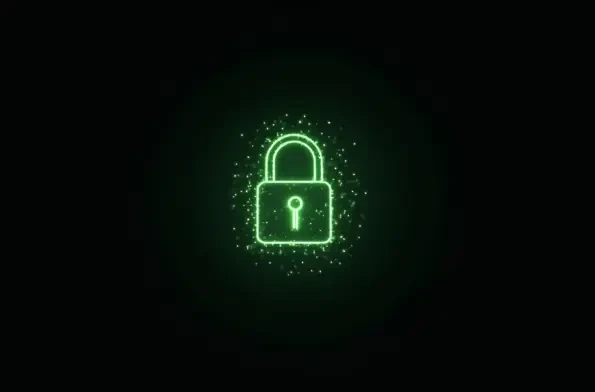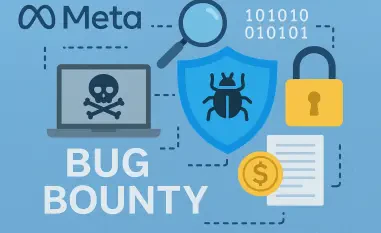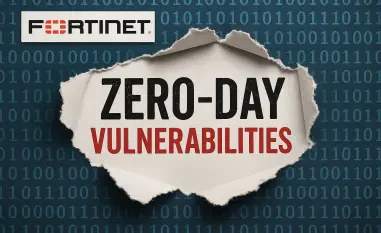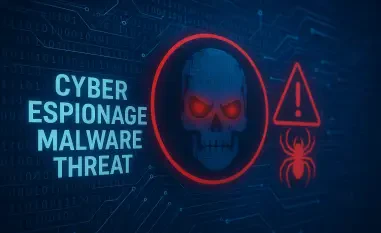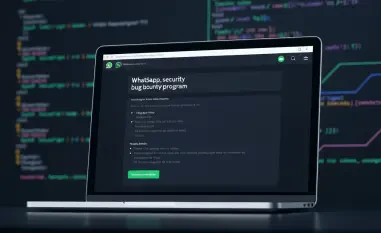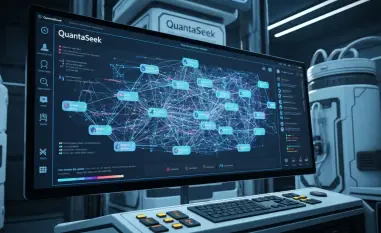The digital landscape continues to evolve, with both technological advancements and cyber threats advancing in tandem. The latest revelation in this ongoing battle is the Serpentine#Cloud campaign, a sophisticated cyber threat identified by the security experts at Securonix. This malicious campaign employs innovative methods to breach systems, using Cloudflare Tunnels to inconspicuously deliver remote payloads. By ingeniously leveraging .lnk shortcut files, attackers create a multi-layered infection chain that evades traditional security measures. The Serpentine#Cloud campaign emphasizes the increasing sophistication of cyber threats and illustrates the cunning techniques cybercriminals now employ.
The Anatomy of a Cyber Threat
Exploiting Vulnerabilities with .lnk Files
Serpentine#Cloud strategically exploits known vulnerabilities in Windows systems through the use of .lnk shortcut files, setting a concerning precedent for similar attacks. These files serve as an entry point for malicious payloads, illustrating a growing trend among threat actors to manipulate established vulnerabilities. By utilizing Cloudflare Tunnel infrastructure alongside Python-based loaders, attackers subtly inject payloads into memory. This process involves a chain of obfuscated script files and shortcuts designed to bypass detection mechanisms. The initial breach typically originates from phishing emails masquerading as legitimate communications, a tactic aimed at deceiving targets into executing these malicious files.
Once the .lnk files are activated, they initiate the download of obfuscated batch files, which trigger a cascading series of actions culminating in system compromise. The sequence includes the deployment of a decoy PDF as a distraction, antivirus software checks, and execution of Python payloads to ensure persistence via Windows startup folders. Ultimately, this results in an in-memory shellcode loader establishing a backdoor. The precise purpose of this backdoor remains undetermined, with Securonix yet to ascertain the identity or motives behind the attacks. While the campaign showcases advanced tactics, the use of certain open-source tools hints at a lack of affiliation with prominent nation-state actors, albeit demonstrating a high proficiency in English scripting.
Unmasking the Role of Cloudflare Tunnels
A notable aspect of the Serpentine#Cloud campaign is its strategic utilization of Cloudflare’s “trycloudflare[.]com” service. Originally designed for developers to securely expose local servers to the Internet, this service now finds misuse in facilitating clandestine payload delivery and command-and-control (C2) operations. Cloudflare’s potent CDN capabilities, coupled with trusted certificates, provide attackers with a veil of authenticity, further compounded by the automatic encryption of payloads through HTTPS. Consequently, traffic via trycloudflare[.]com often evades scrutiny, enabling attackers to maintain stealth during operations.
Securonix highlights the novelty of Serpentine#Cloud through its unique combination of tactics, despite each element being used previously in isolated scenarios. This blend of techniques underscores the sophistication of the operation, enhanced by adept social engineering and living-off-the-land strategies—utilizing existing system tools to execute in-memory code while remaining undetected. The campaign targets several geographic regions, primarily focusing on North America, Europe, and Asia, yet the full extent of its reach and intentions continues to unfold as investigations progress.
Navigating Cybersecurity Challenges
The Imperative of Vigilance and Preparedness
In light of the Serpentine#Cloud campaign, organizations must prioritize cybersecurity training and implement robust detection measures. Initiating the attack chain through phishing emails necessitates heightened awareness and training on recognizing potential threats. Users should be wary of opening or downloading attachments from unverified sources, especially those posing as external communications. Emphasizing user education on common phishing strategies and malicious file types becomes crucial to mitigating initial points of compromise.
Strengthening endpoint security is equally vital, as these often mark early infection stages beyond server environments. Investing in detection solutions and rigorous monitoring can aid in preempting attacks by identifying unusual activity swiftly. Moreover, focusing on endpoint protection ensures that potential threats are contained before they expand into broader system vulnerabilities. Adopting a forward-thinking approach, embracing continuous training, and upgrading security tools fortifies defenses against emerging threats, exemplified by campaigns like Serpentine#Cloud.
Future Cybersecurity Directions
The evolving threat landscape demonstrated by Serpentine#Cloud necessitates adaptive and dynamic defense strategies in cybersecurity. Attackers deftly blend technological prowess with manipulative social engineering, compelling defenders to stay alert and innovative in their response. Recent research offers new insights and detection avenues, emphasizing the critical need for comprehensive vigilance against intricate attack sequences. Fostering a proactive cybersecurity posture, encompassing training, infrastructure surveillance, and rigorous endpoint defenses, becomes indispensable in combating such advanced threats.
The ongoing arms race between cybercriminals and security professionals highlights the necessity for agile and informed responses. By refining methodologies and incorporating new detection techniques, defenders can enhance their ability to counteract evolving threats. Engaging in collaborative efforts, sharing intelligence, and encouraging industry partnerships can further fortify defenses, ensuring digital environments withstand sophisticated attacks like Serpentine#Cloud. The complexity distilled through this campaign enriches an understanding of contemporary cyber threats and underscores the pressing need for proactive security measures.
Charting a Path Forward
The intricate web of tactics employed by Serpentine#Cloud exemplifies the continuous evolution of cyber threats and the urgent requirements for resolute defensive measures. As cybercriminals expand their arsenal, leveraging both technological skills and devious strategies, organizations need to heighten security awareness and adopt proactive stances. To prevent similar threats from compromising global systems, investing in robust training, infrastructure monitoring, and expansive endpoint security programs emerges as crucial components for a secure future.
Moreover, forging strong alliances between public and private sectors and fostering a culture of vigilance and intelligence-sharing among industry stakeholders proves essential in fortifying defenses. These efforts offer critical insight into translating the evolving lessons from campaigns like Serpentine#Cloud into practical security measures. With determination, creativity, and a commitment to remaining at the forefront of innovation, the cybersecurity community possesses the capacity to stay one step ahead of cybercriminals and safeguard digital realities within a rapidly changing landscape.
